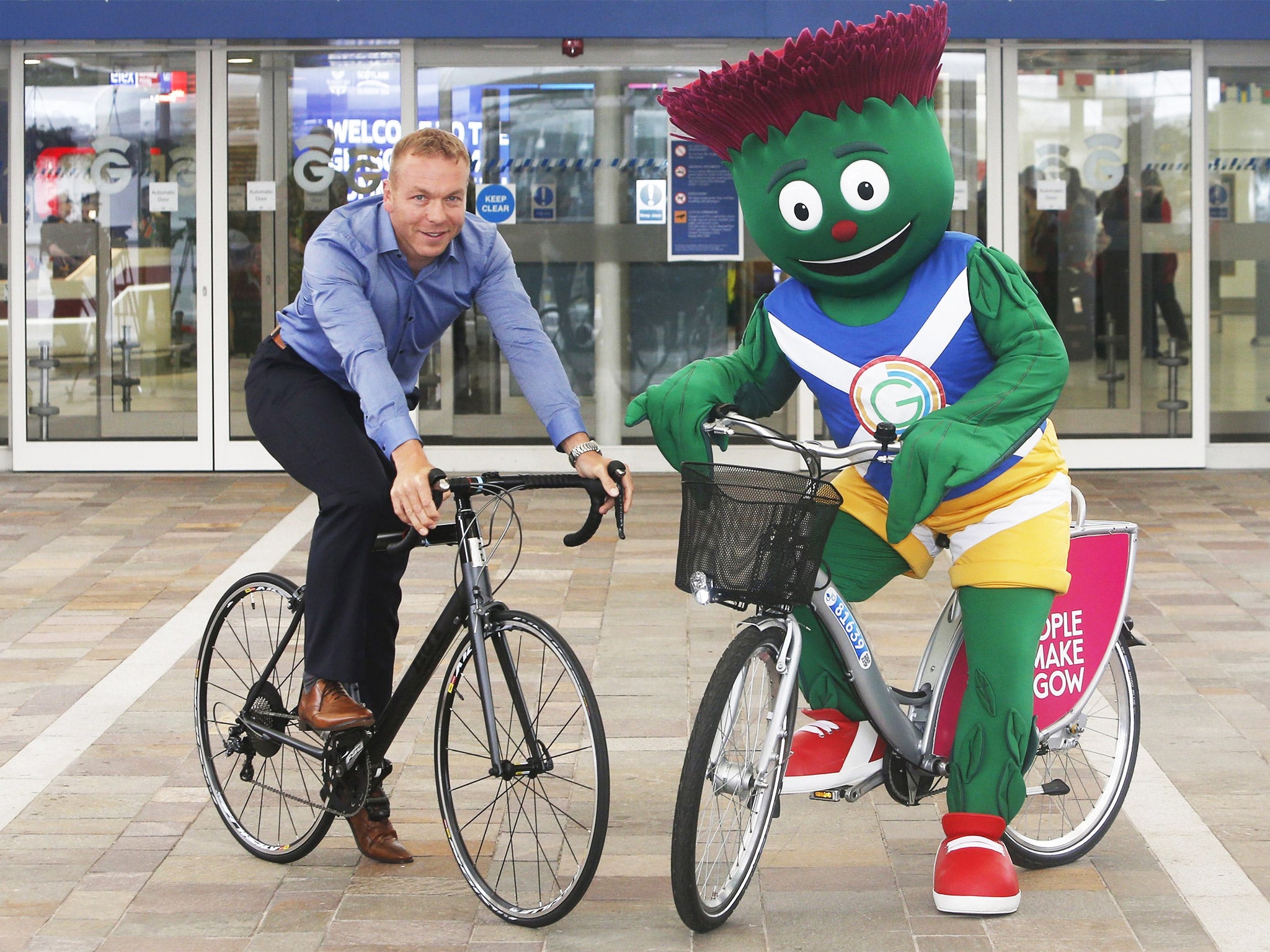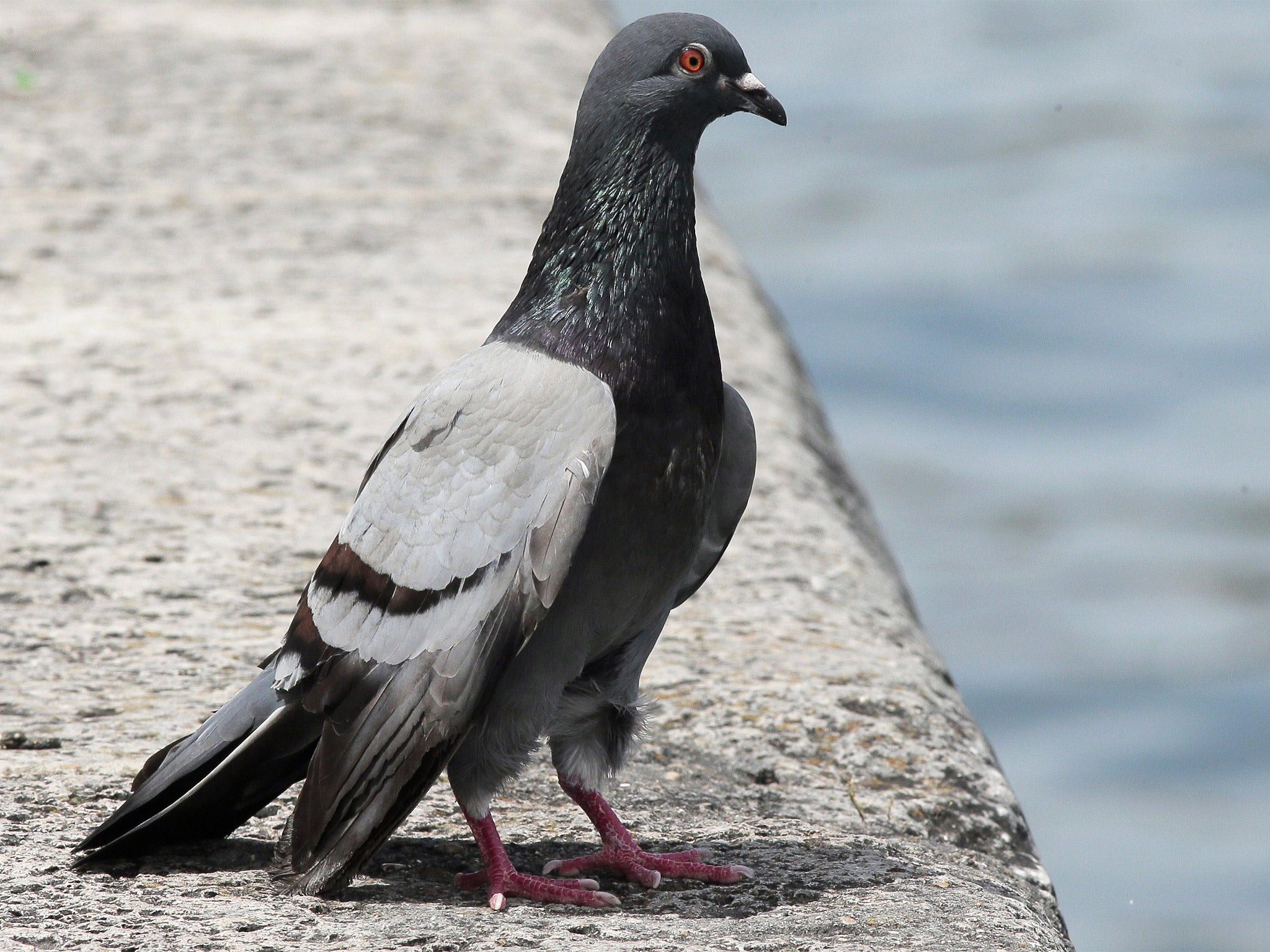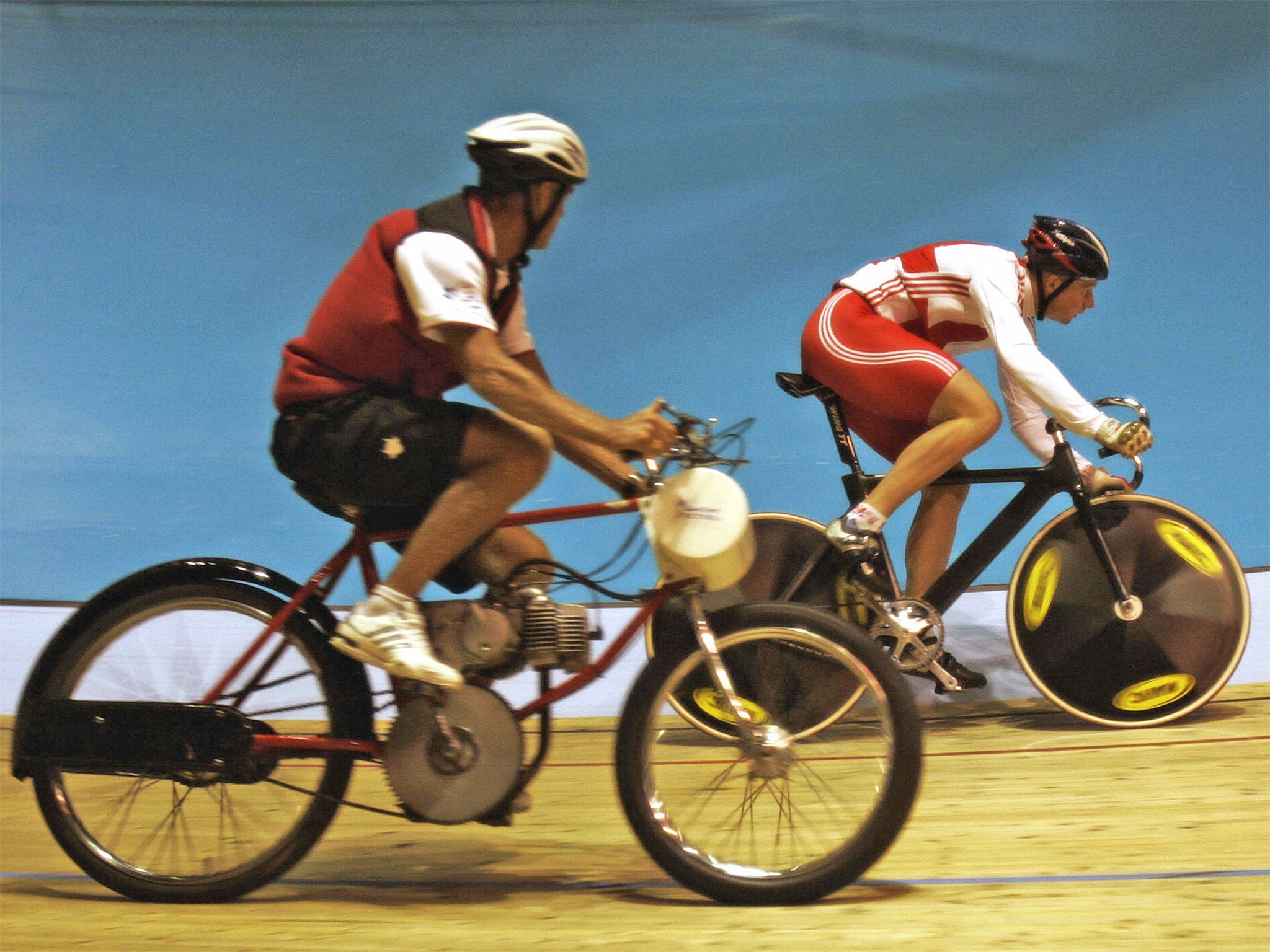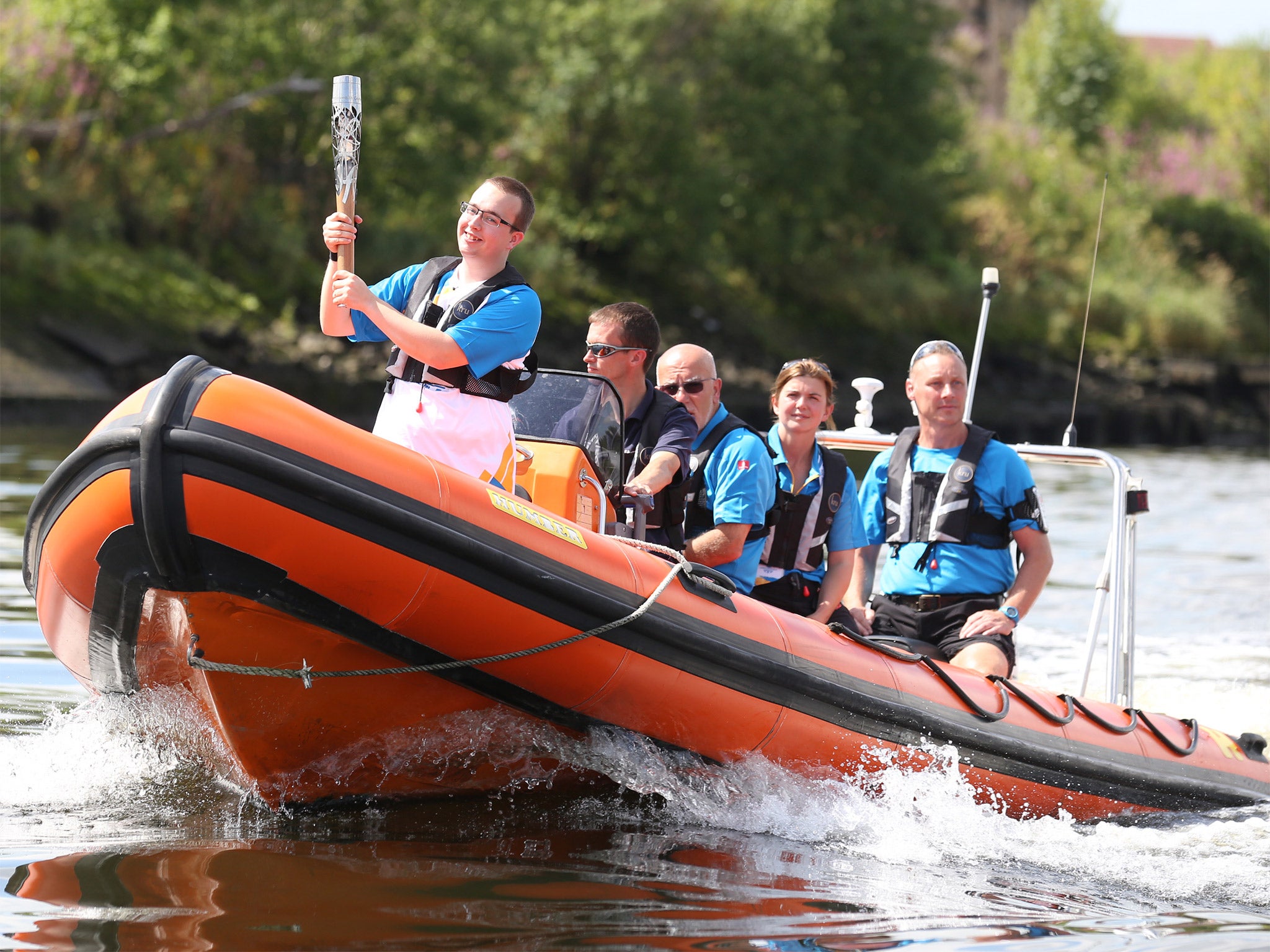Commonwealth Games 2014: The A-Z of the Games
Want to avoid a stooshie about the finer points of the action in Glasgow? Matt Majendie helps you come to terms with the array of disciplines on show

Your support helps us to tell the story
From reproductive rights to climate change to Big Tech, The Independent is on the ground when the story is developing. Whether it's investigating the financials of Elon Musk's pro-Trump PAC or producing our latest documentary, 'The A Word', which shines a light on the American women fighting for reproductive rights, we know how important it is to parse out the facts from the messaging.
At such a critical moment in US history, we need reporters on the ground. Your donation allows us to keep sending journalists to speak to both sides of the story.
The Independent is trusted by Americans across the entire political spectrum. And unlike many other quality news outlets, we choose not to lock Americans out of our reporting and analysis with paywalls. We believe quality journalism should be available to everyone, paid for by those who can afford it.
Your support makes all the difference.A is for Armstand dive
Among the litany of dives that will be on show by the likes of Tom Daley, this one is solely performed in platform rather than springboard competition, the athlete starting the dive as a handstand.
B is for Bibs
The tops worn by the players on both sides in netball marking their position on the field. WA, for example, stands for Wing Attack, who feeds the ball to a team’s shooters, while GS stands for Goal Shoot, who stands in the opposition’s goal circle for any scoring opportunities.
C is for Clay
Shooters fire at clays in the single (one clay) and double trap (two clays) competitions. Until 1921, it was legal in the UK to use live pigeons as targets but now clay pigeons, circular discs weighing 105 grams, are used for events.
D is for Derny
It always raises an eyebrow to the uninitiated but the derny bike will be used in the keirin track cycling event, a motorbike which evenly paces riders before peeling off and allowing a sprint to the finish.
E is for Empire Games
Before the Commonwealth Games earned its name, it used to be known as the Empire Games. These were first suggested as a concept by John Astley Cooper in 1891, with a first Festival of the Games in 1911. The first Empire Games took place in 1930.

F is for False start
Under IAAF rules, if an athlete false-starts in competition they are immediately disqualified rather than given a second chance as had previously been the custom.
G is for Grip
Watch closely and you’ll notice two different styles of table tennis grip: the penhold and shakehand. Both are fairly self-explanatory but the penhold is generally the most popular, although there are derivations of the penhold from curling the middle, ring and fourth finger on the back of the blade with those three fingers touching, while others prefer them splayed.
H is for Holds
It is freestyle wrestling that will be on show in Glasgow. In Greco-Roman wrestling, holds can only be made above the waist while in freestyle there are no such limitations. Freestyle wrestling lends its origins to the catch-as-you-can style played in Lancashire in the 19th century.
I is for Ippon
It translates from the Japanese literally as one point and is awarded in the contest, which effectively brings it to an end. A half-point is known as a waza-ari while an almost waza-ari is called a yuko.
J is for Jerk
Know your weightlifting terminology and the difference between the snatch and clean & jerk. In the snatch athletes lift the barbell in one smooth movement while with the clean the lifter raises the bar to his/her chest before jerking the bar over his/her head with locked arms.
K is for Knockout
It’s a double meaning in amateur boxing. Actual knockouts, where an opponent is floored and the contest brought to a premature end, are incredibly rare but there is also the knockout format of the boxing, fighters immediately bowing out of the competition should they lose a bout.
L is for Lunging
The fast-paced nature of netball often makes it hard to understand what exactly is going on. There is all manner of terminology but a key term to know is lunging in which a competitor uses one leg to make a long stride while keeping the other one static.

M is for Mascot
Clyde is a thistle named after the river that flows through the heart of Glasgow, designed by schoolgirl Beth Gilmour as part of a competition and chosen as it represents “Scottish symbolism and Glaswegian charm and liveability”.
N is for Net shot
It may seem an obvious piece of terminology but it is the name given to a shot in badminton which just makes it over the net and drops to the floor, notoriously difficult for a rival player to get back.
O is for Omnium
It is the key event missing from the track cycling programme in Glasgow and the one in which Laura Trott is the current Olympic champion. Despite that, Trott will still be riding at these Games in the individual pursuit, the scratch race and the points race.
P is for Philadelphia
These Games count as squash’s moment to shine as the sport still presses for inclusion as an Olympic sport. Among the myriad of shots is Philadelphia, one played diagonally upwards into the front corner, hitting the front wall first, then the side wall, before lobbing over the court with significant spin.
Q is for Queen’s baton relay
You may or may not have heard it mentioned but it is a baton carried on a 190,000-kilometre (119,000-mile) journey round the entire Commonwealth, starting in South Asia last October to the start of the Games.
R is for Racket
This is the official term for what table tennis players will use, according to the International Table Tennis Federation, although it is more commonly known as a bat in the UK while Americans prefer to call it a paddle. International rules state that one side must always be red, the other black. Unless damaged, it cannot be exchanged for another at any time in a match.
S is for Stooshie
Among the Scottish terminology you might pick up in the next two weeks, it is not one you want to hear in Scotland. It basically signifies a row or disturbance, of which there may be many among the 17 sporting disciplines at these Games.
T is for Transition
It is an oft-used expression in the triathlon, where the Brownlee brothers will aim to make a stir for England, along with Jodie Stimpson. The transition is the changeover phase of the event from swim to cycle and latterly cycle to swim. Mess it up and you get the equivalent of a stop-go penalty in Formula One.
U is for Underwater
There are strict rules on how long swimmers can be under the water in competition. In the backstroke, butterfly and freestyle, 15 metres is the maximum that can be spent below the surface while in breaststroke a solitary stroke followed by a butterfly and breaststroke kick is permitted.

V is for Vault
The event whereby gymnasts hurtle down a small runway before launching themselves into the air and, in theory, into a safe landing position. Early forms of the event were invented by Friedrich Ludwig Jahn, a former soldier in the Prussian Army.
W is for Wood shot
Rackets in squash may well have been made of metal substances for as long as most people can remember but if a player hits a shot off the frame of his or her racket, it is still known as a wood shot.
X is for X-ray
It was an X-ray that gave Mark Cavendish hope of competing at the Commonwealth Games, when it showed he had not fractured his collarbone in a crash on the first day of the Tour de France. But the joint was dislocated to the extent he needed surgery and, as a result, it robs the road race of one of its star names.
Y is for Yurchenko loop
A gymnastics move named after Natalia Yurchenko. It involves standing sideways on the beam and diving backwards, grabbing the beam, performing a back hip circle and then ending up in a support position, the gymnast resting on her hands.
Z is for Zambia
The African nation, with a population of 12 million people, first competed at the Games in 1954 and won their first gold medal courtesy of Lotti Mwale in the men’s light-middleweight division in boxing.
Join our commenting forum
Join thought-provoking conversations, follow other Independent readers and see their replies
Comments